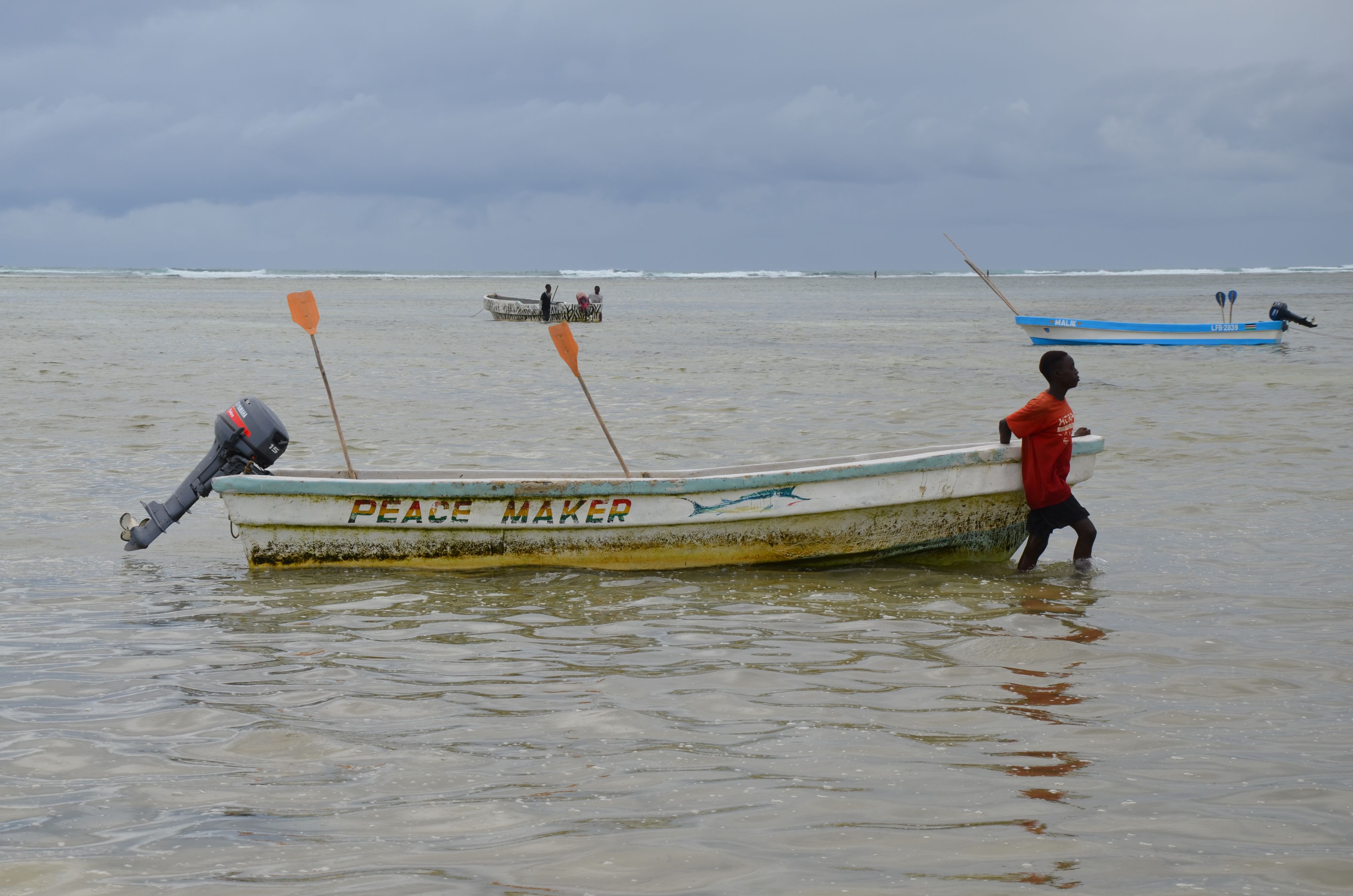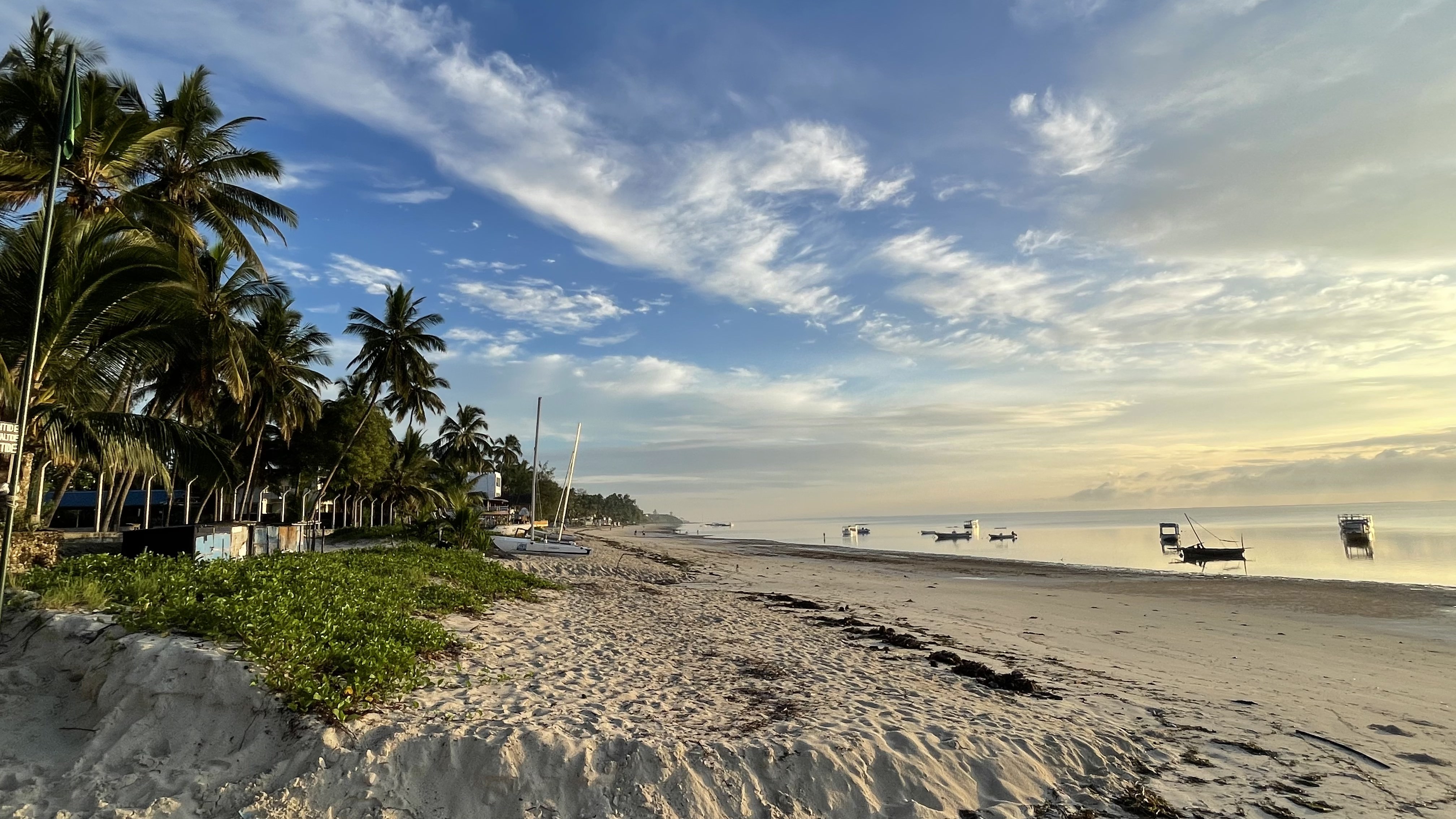This photo story gives some insight into the small-scale fisheries of coastal Kenya and highlights some key issues that the AABS project is hoping to tackle.
A day with a small-scale fishery community in Kanamai, Kenya
Jerome Bossuet
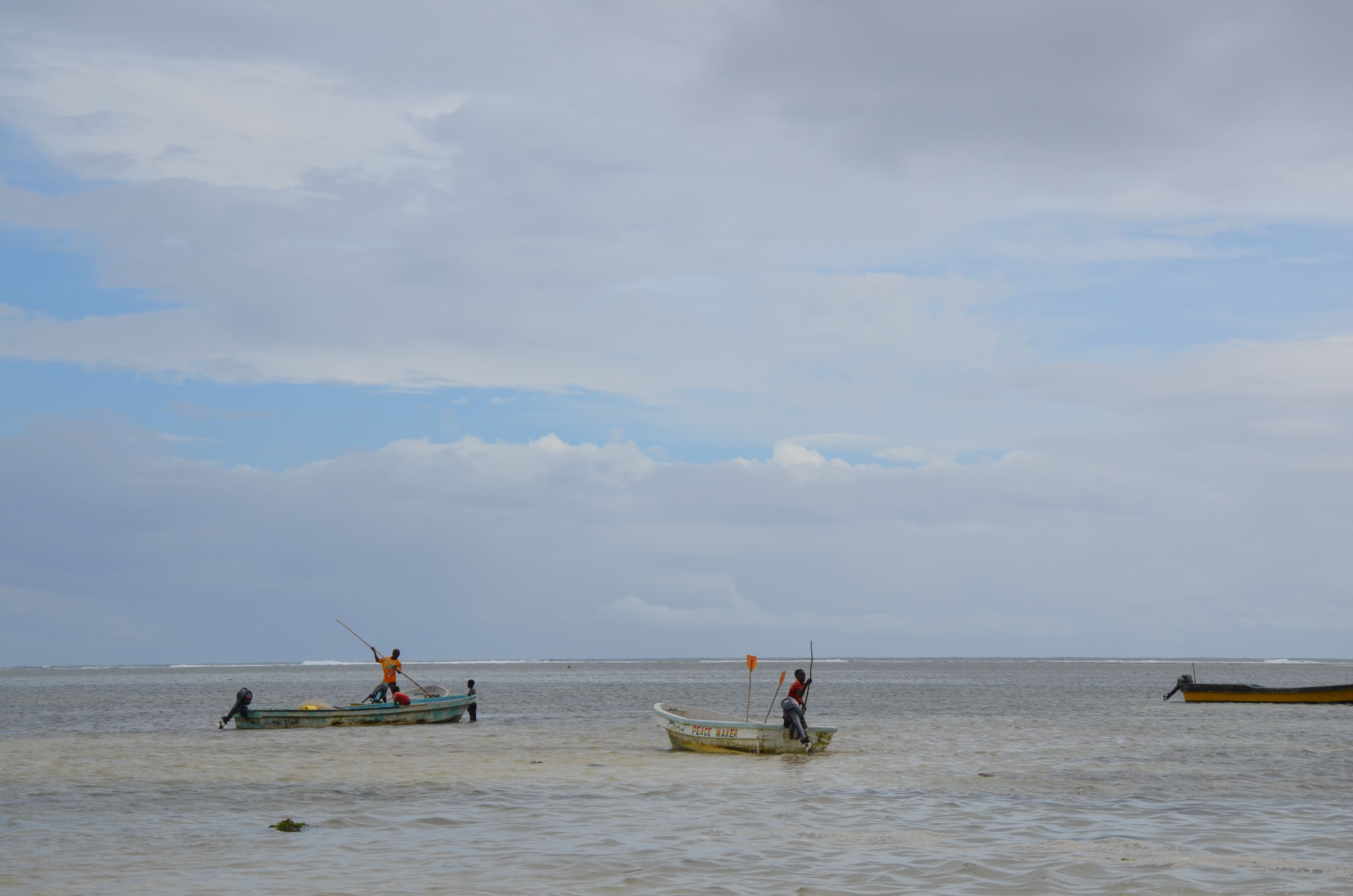
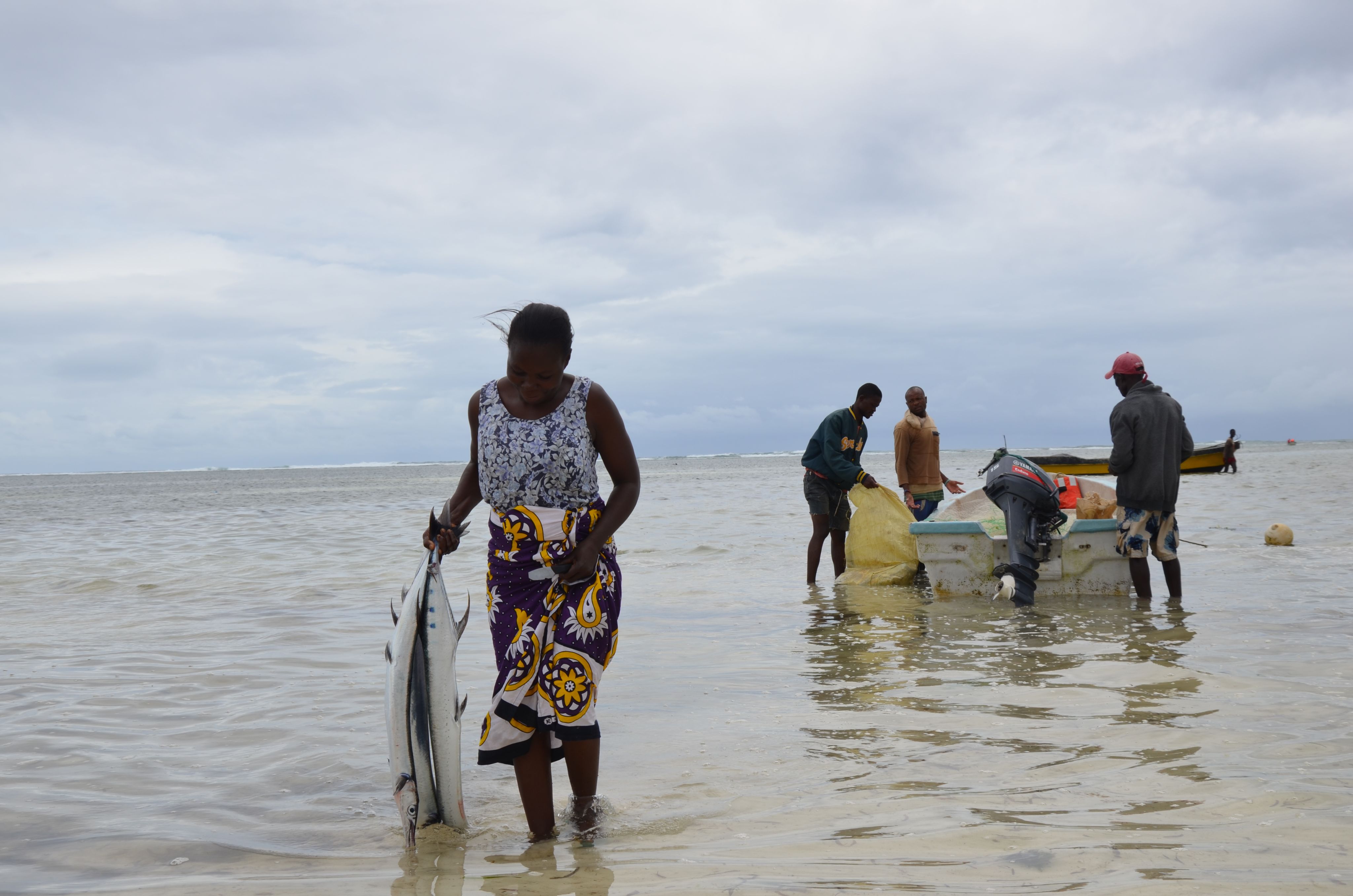
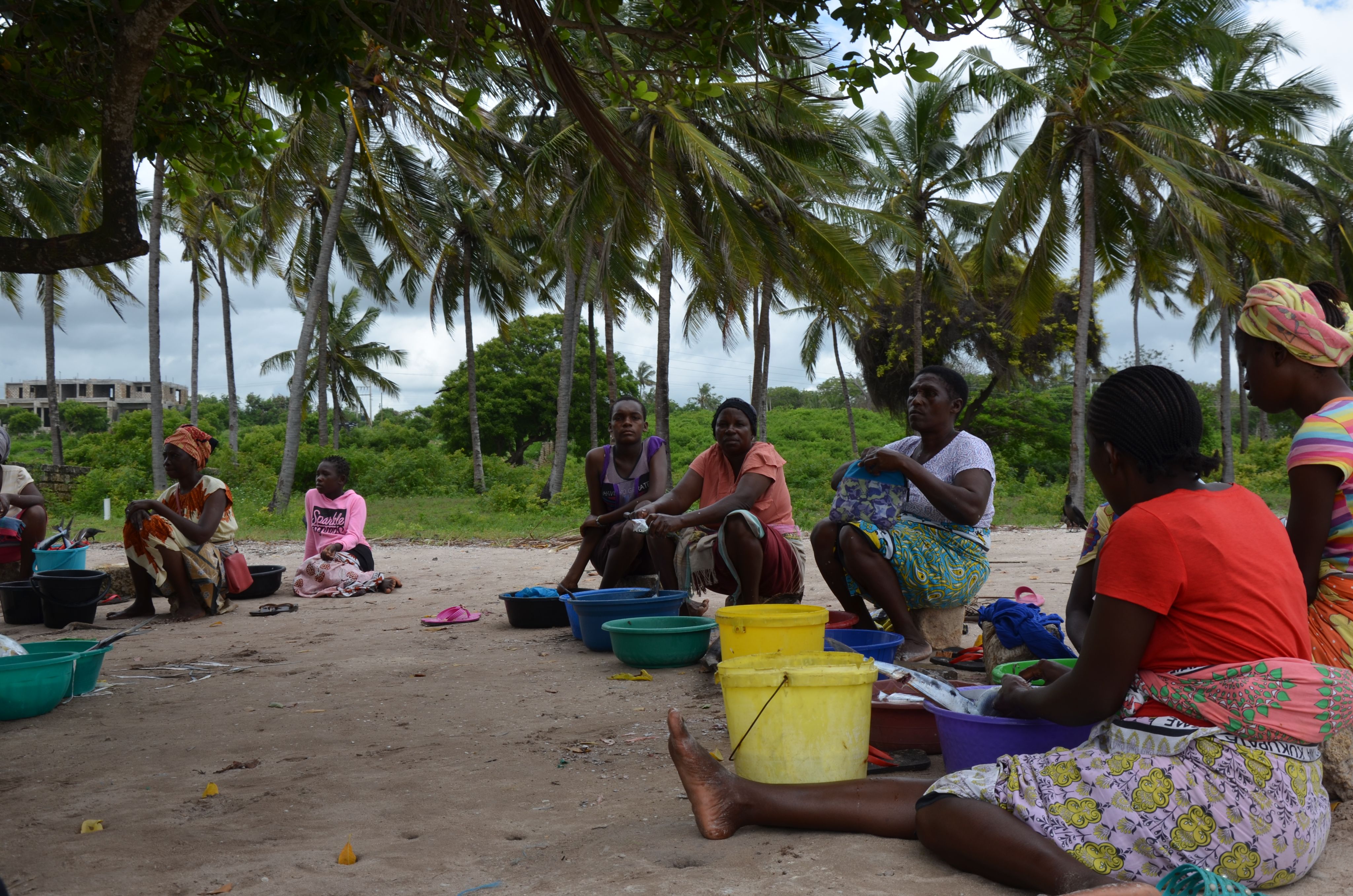
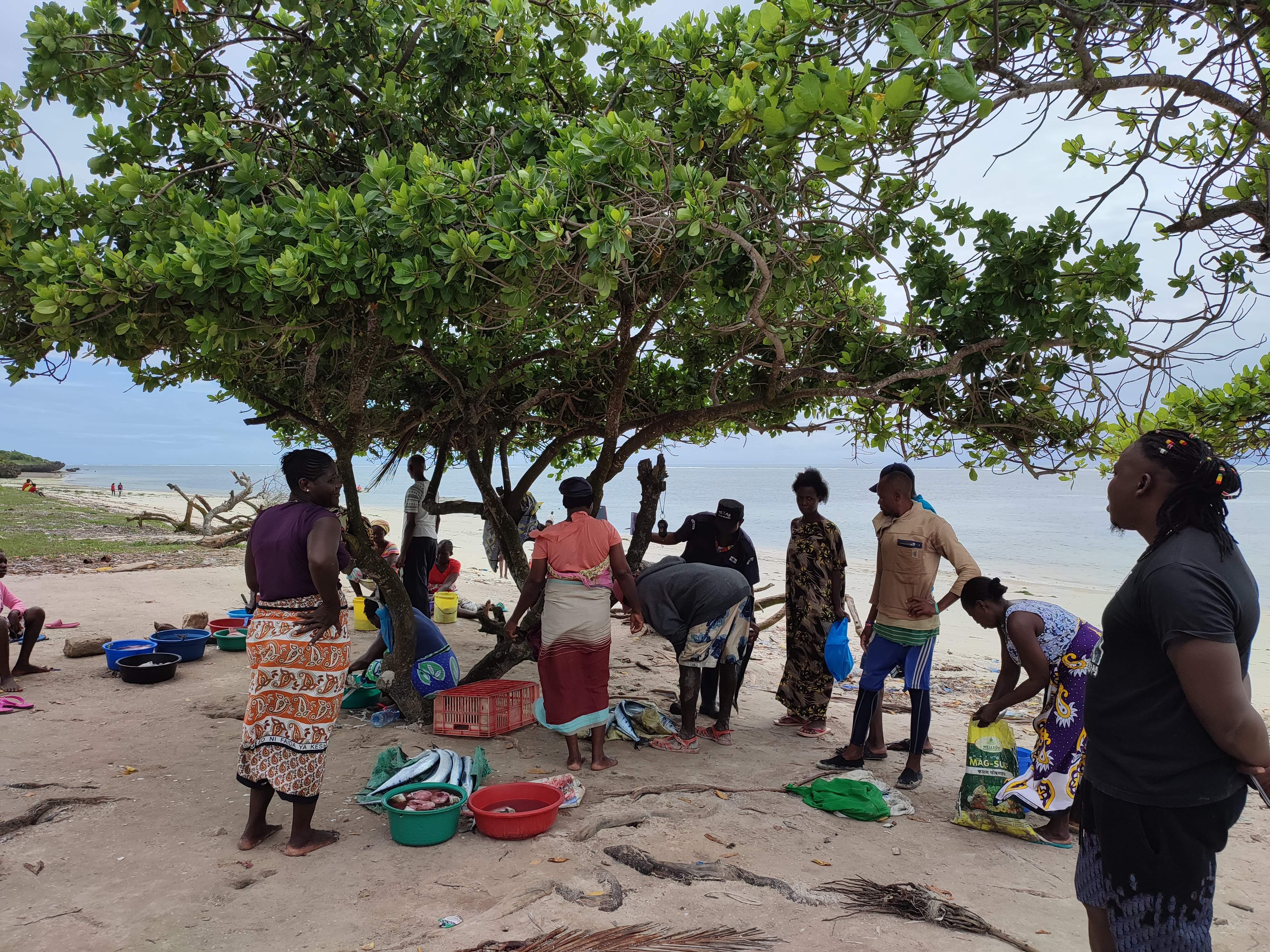
Small-scale fishing represents almost 80% of the catches in the West Indian Ocean region. About half of the fish is for personal consumption.
This artisanal fishing sector contributes significantly to food security and livelihood of the populations, particularly those with subsistence living.
In coastal Kenya, these fishery communities face many challenges from overfishing, ecosystem degradation and climate change, insufficient safety net and lack of livelihood diversification.
The newly launched WorldFish-led Asia–Africa BlueTech Superhighway (AABS) project aims to address these challenges through four interconnected work packages, underpinned by robust knowledge exchange across countries on their challenges and experiences to facilitate country-led and country-tailored adaptation of technologies.
Since 2016, Kenya has promoted the creation of Beach Management Units (BMU), fisheries and beach user groups to ensure structured community participation in the management of marine resources.
There are 98 BMUs along the 610 km of Kenyan coastline. BMUs like Kanamai, near Mombasa, are mandated to record fish capture at the landing sites they supervise, implement fisheries regulations and create their own site-specific regulations in the form of bylaws.
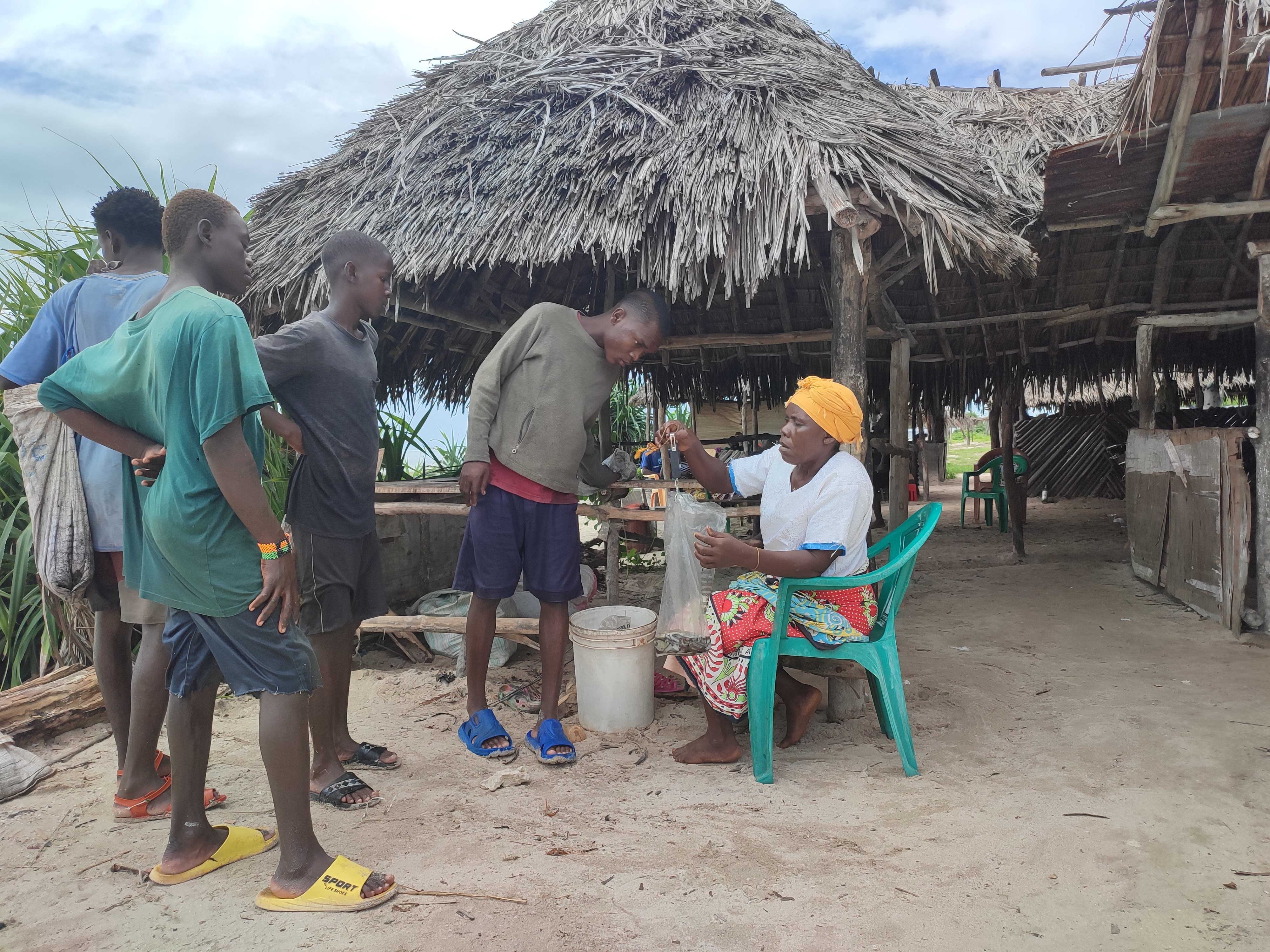

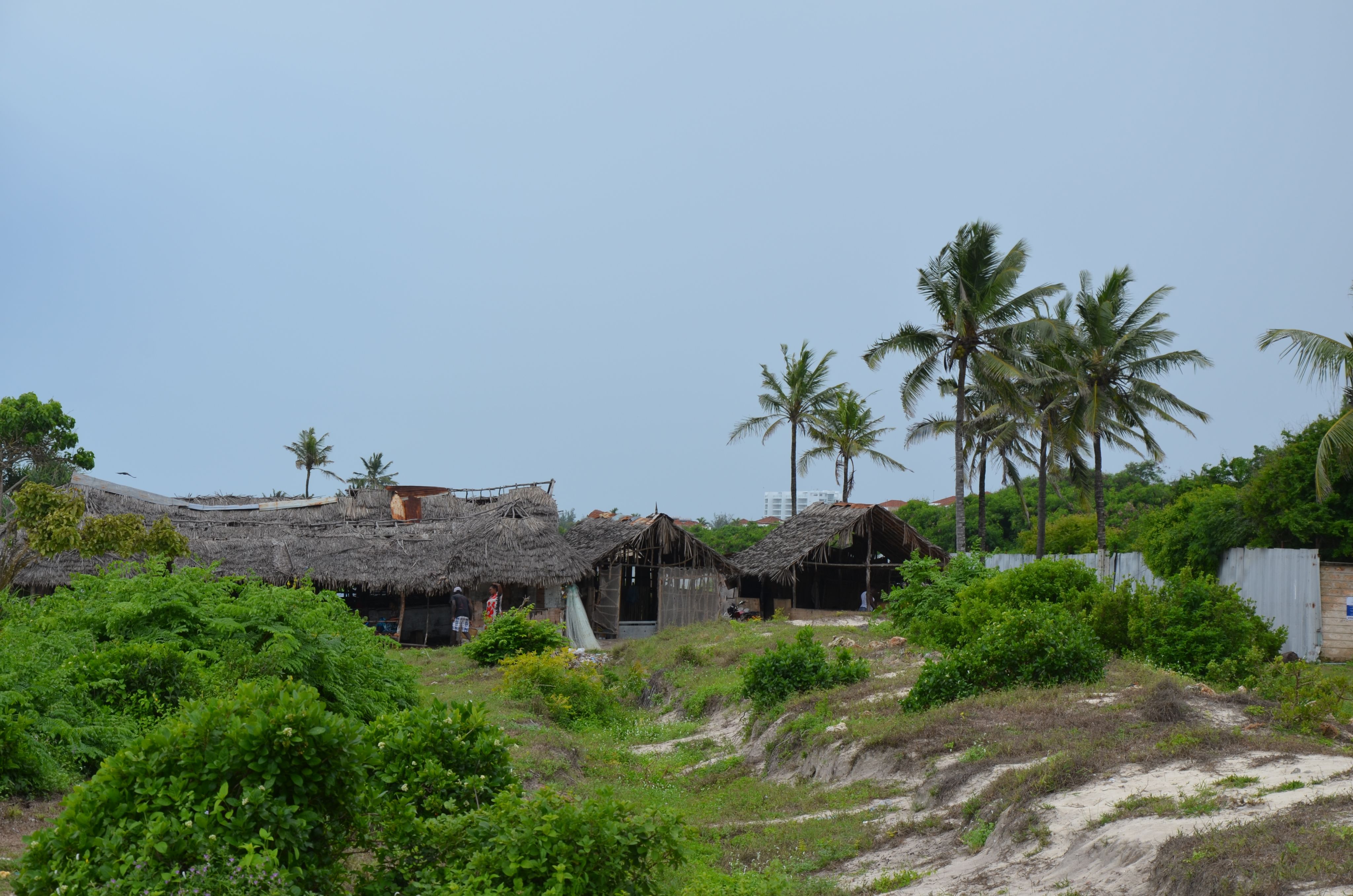
Kanamai beach landing site
Kanamai beach landing site
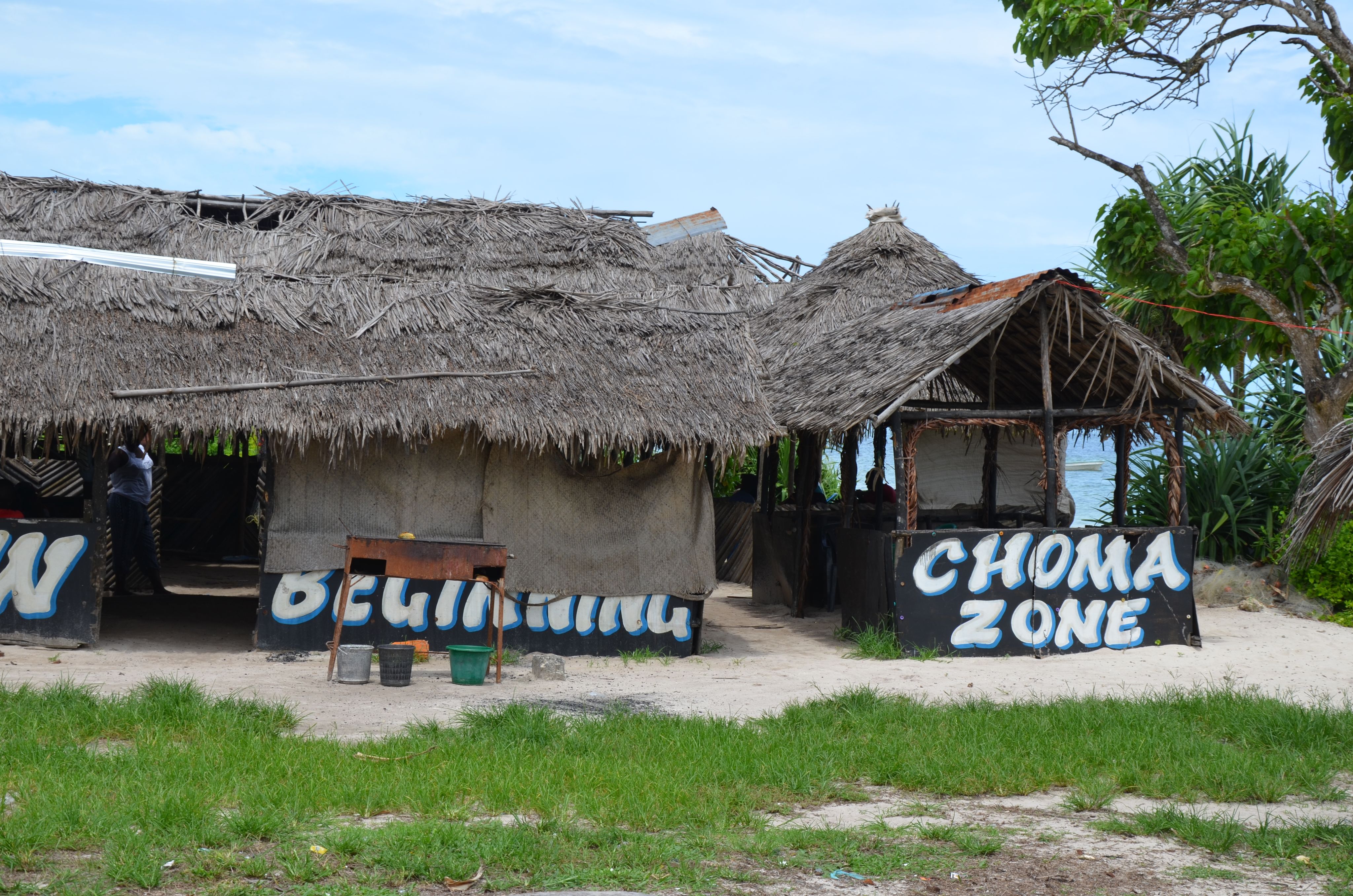
Makeshift fishermen restaurant at Kanamai beach landing site
Makeshift fishermen restaurant at Kanamai beach landing site
10 kilometres North of Mombasa, as the tide comes in the coral reefs, dozens of fishers bring in their catch. This includes octopuses hand-caught by the youth, and a diversity of pelagic and reef fish captured by nets or lines by fishers in small motorised boats.
Despite its proximity with Mombasa, a growing coastal city, with new trade ambitions across the Indian Ocean region, artisanal fishers in Kanamai have very informal / low tech fish landing facilities. This landing site consists of a few shacks where fishers can rest and eat, dry and repair their nets. Most small scale fisher groups report uncertain land tenure rights and have limited capacity to invest in modern infrastructure.
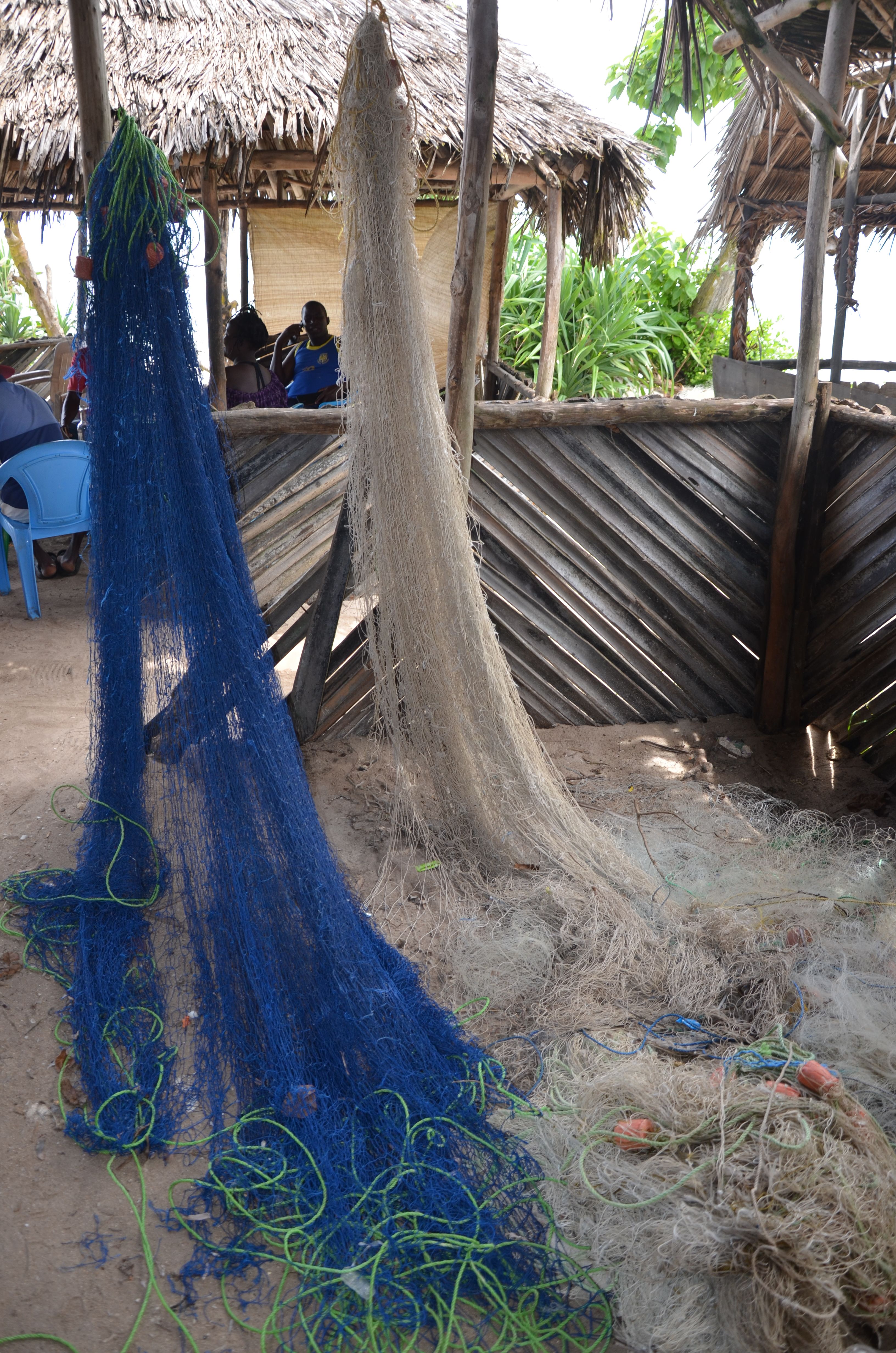
Fishing nets drying up at the landing site.
Fishing nets drying up at the landing site.
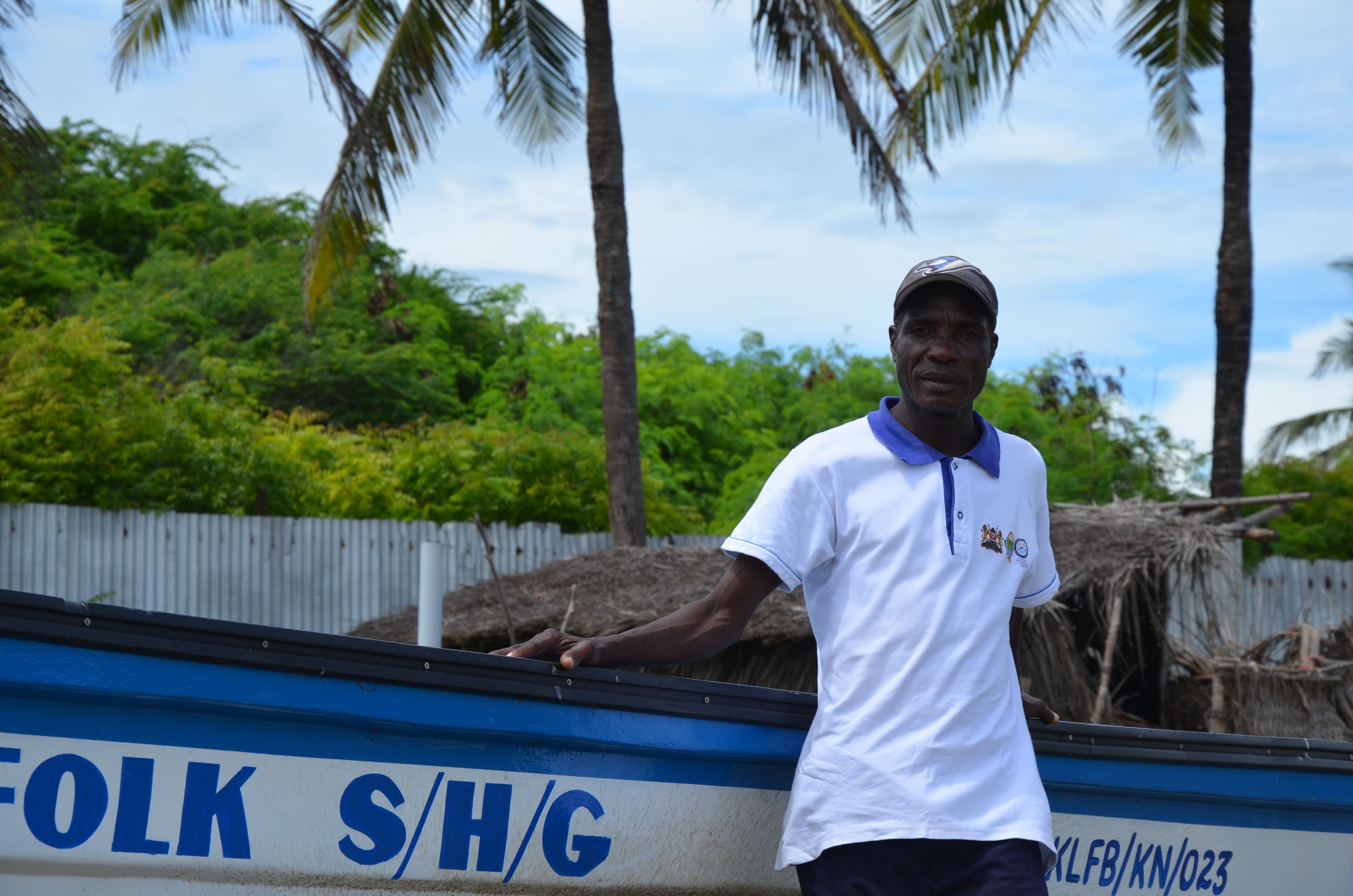
Gilbert Miti, an experienced gillnet fisherman is leading the Kanamai BMU.
370 fishers are registered in the Kanamai BMU and they range from octopus hunters in the shallow reef waters; spearfishers; handline subsistence lagoon fishers and fishers who go out in motorised boats that operate within a few miles from the shore.
“I do not know if this is because of the lack of options, but in the past decade the number of fishers has tripled which means there is less fish for each of them”
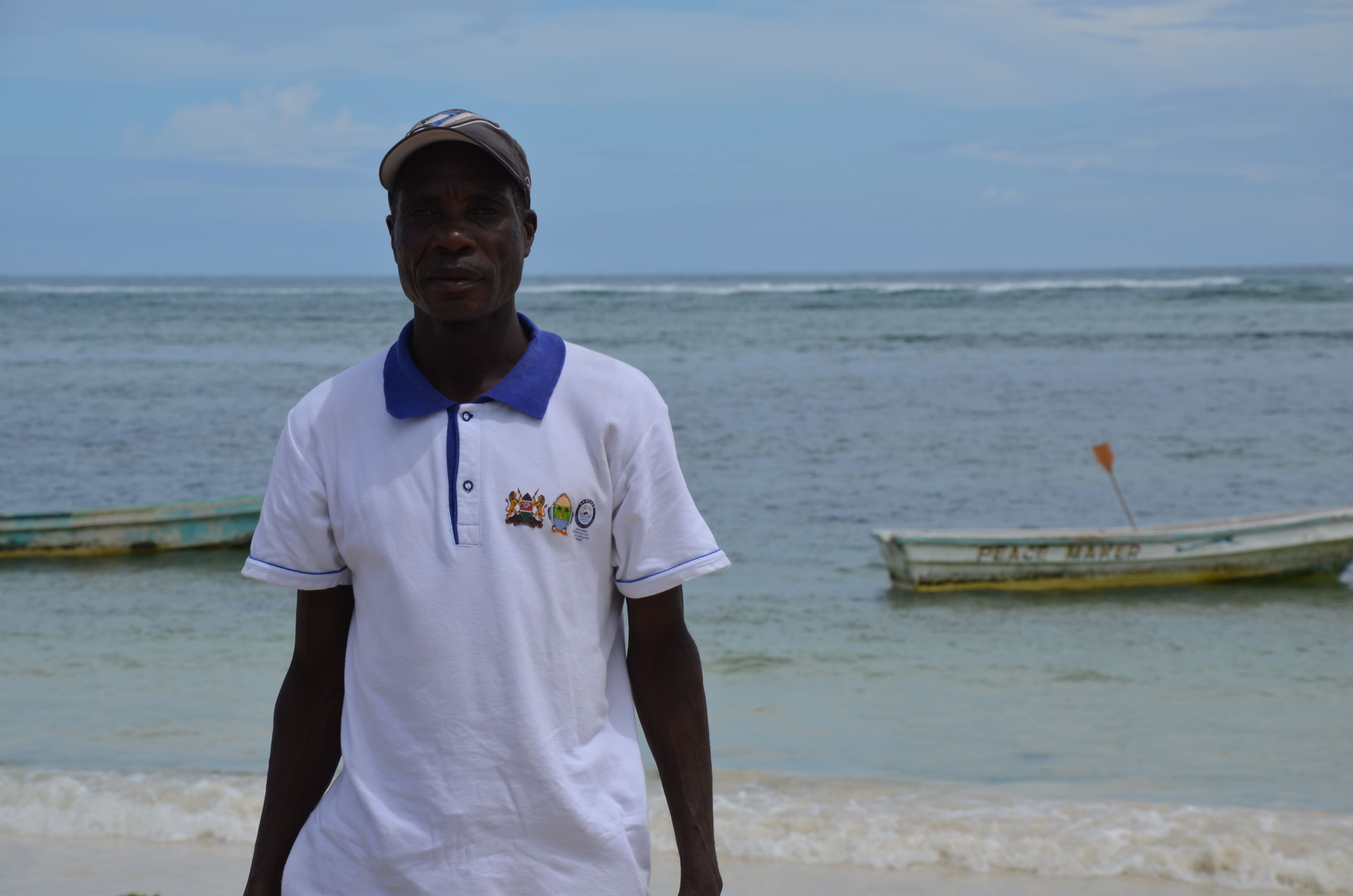

Portrait of Salim Nathaniel Baracka
Portrait of Salim Nathaniel Baracka
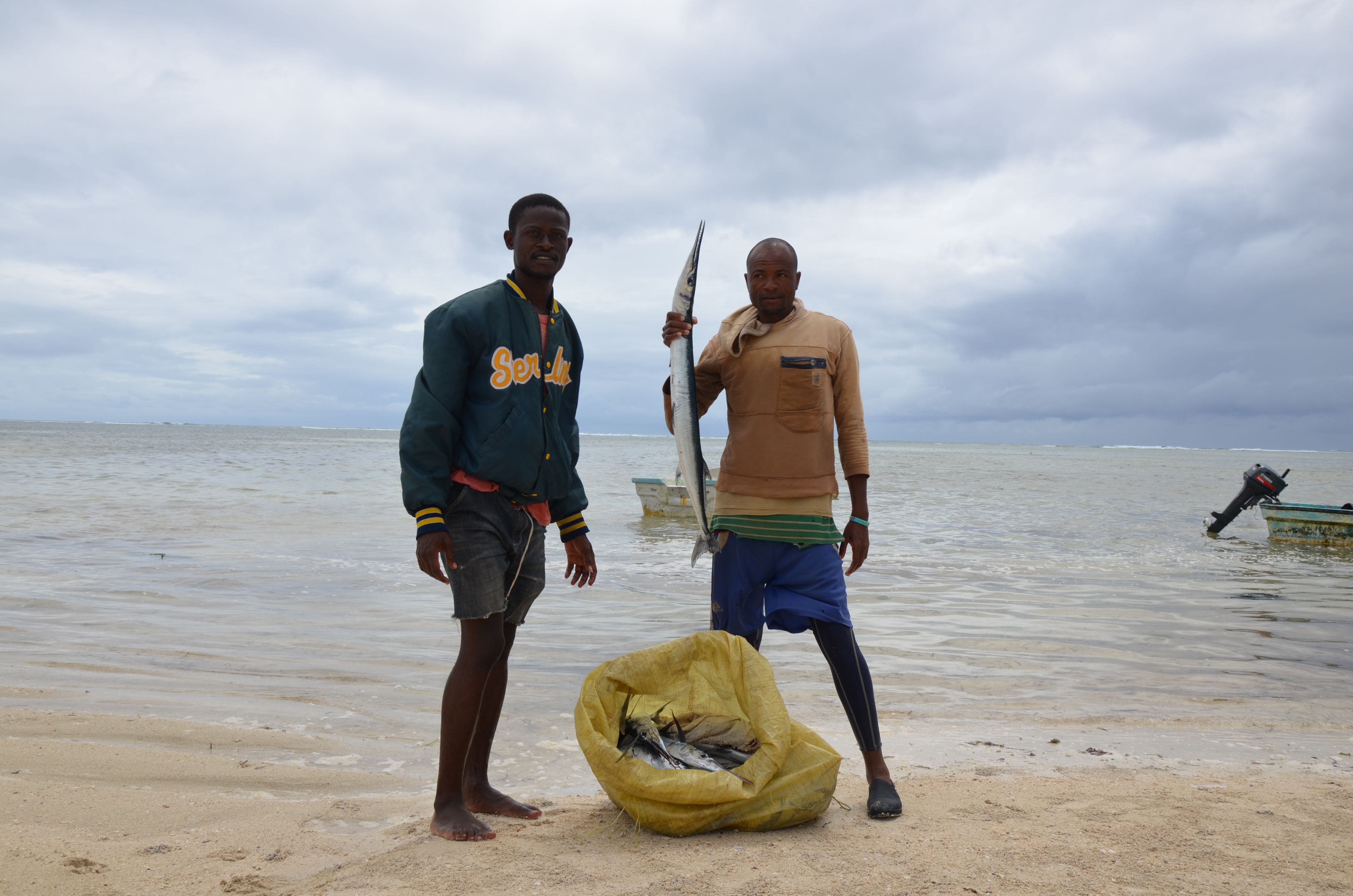
“I like the freedom and there are not many job opportunities in the region apart from this.”
Among the Kanamai fishermen, 30 year-old coxswain Salim Nathaniel Baracka operates a 6-7 meters long motorised boat named Eden, with two colleagues.
They fish every day with drift nets, in nearshore waters one hour away. He is the first in his family to venture into the fishing sector.
Salim and his colleagues sell their catch directly at the beach to a group of women, under the supervision of the boat owner. Today, the net is full of barracuda and michorochoro or keeltail needlefish. September to December is usually a good fishing season for Kanamai fishers.
However, recent dramatic floods along the Kenyan coast in November fuelled by El Nino highlighted the uncertainty of his livelihood. During the four-month Kuzi (South East) Monsoon, from May to September, the sea is too rough to venture out. This is a difficult time when these fishers struggle to make ends meet.
Among the issues SSF face in Kenya, Salim mentions the fuel price hike, illegal fishing and recent policies that penalise small fishers like him, like the monofilament net ban. Current inflation has impacted his income.
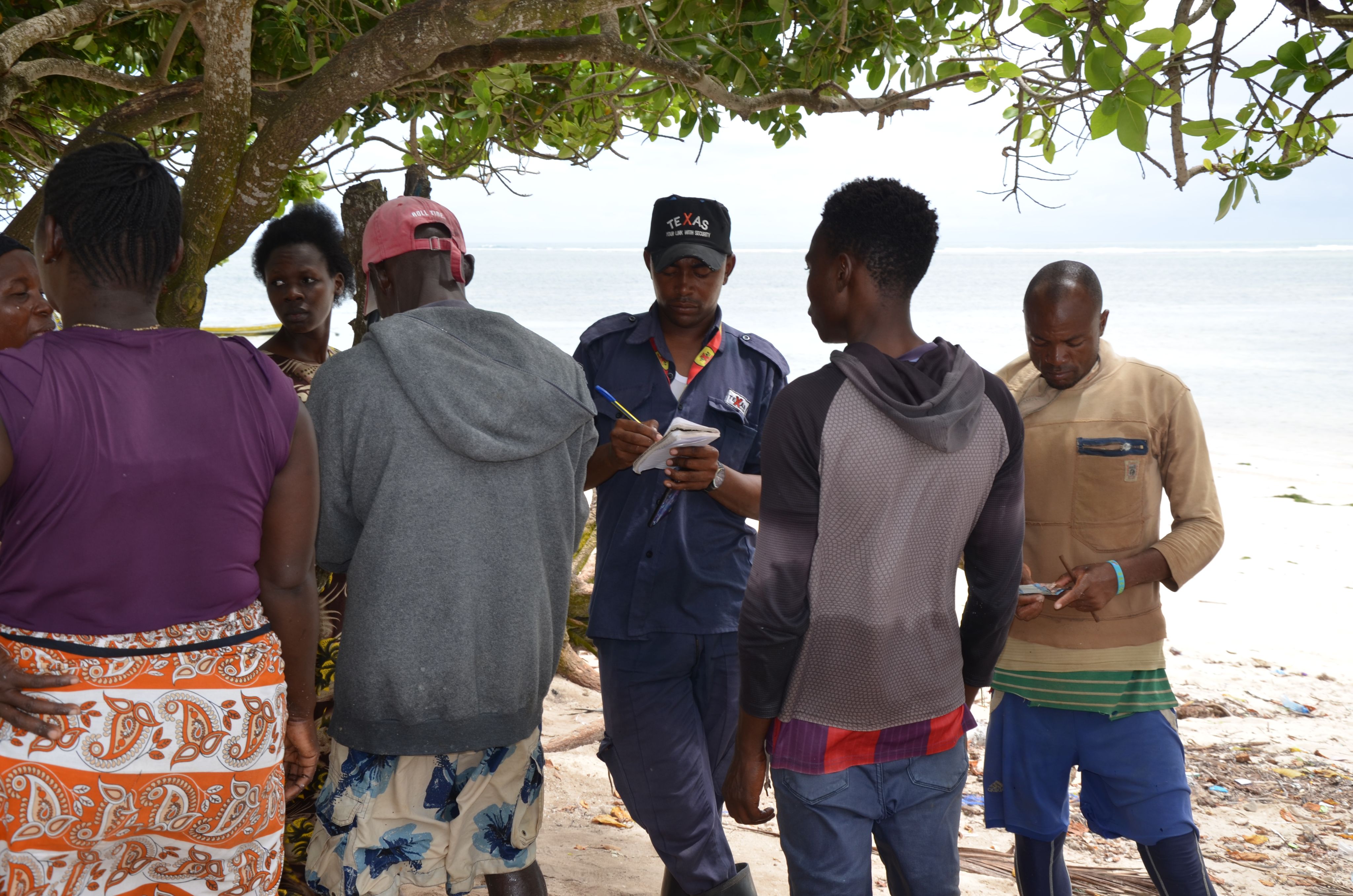
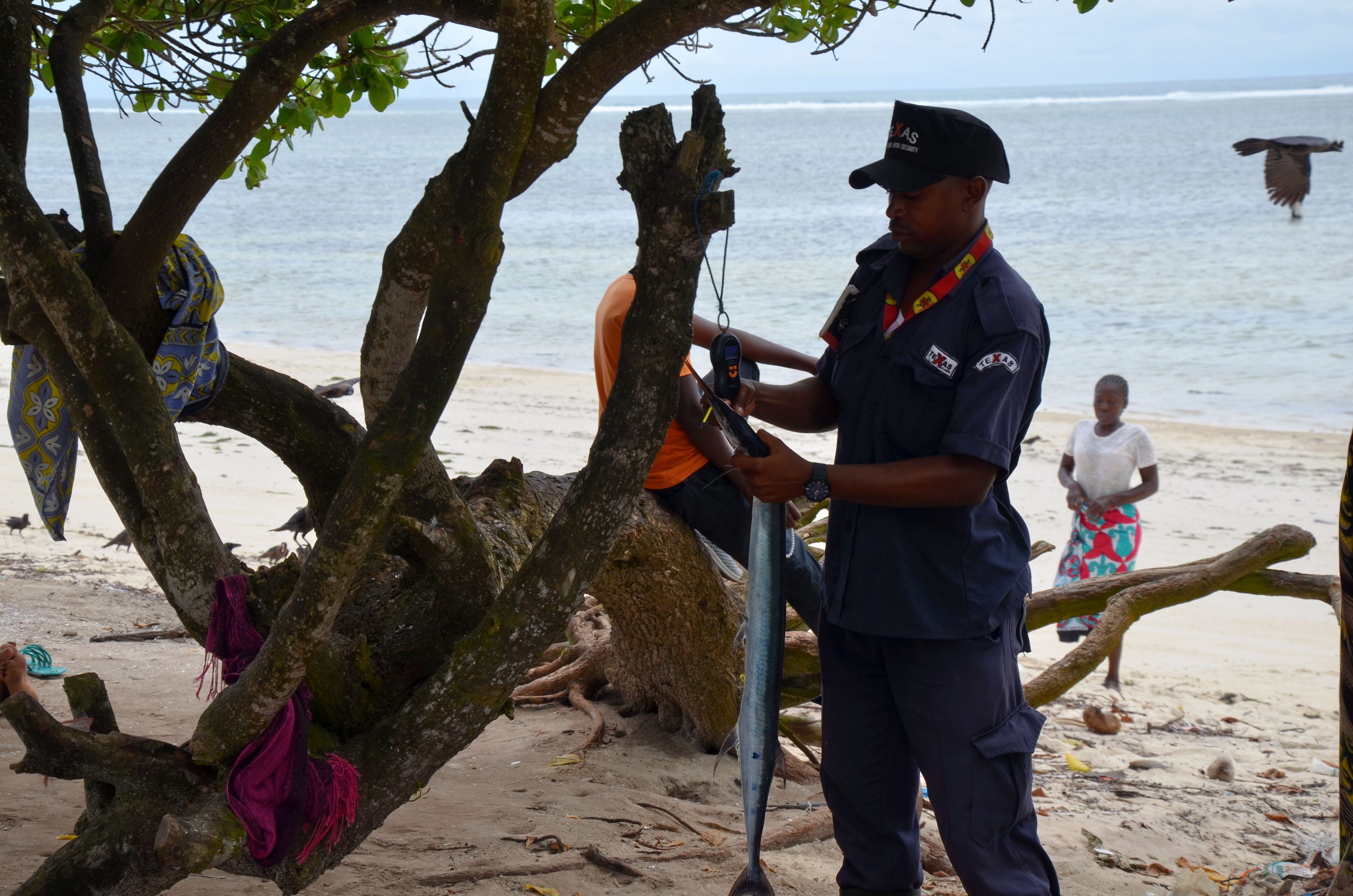
A beach recorder manually registers, in a booklet, the fishers’ catches, weighing bags and individual fish arriving at the landing site.
These records, key to assess the health of fish stocks, are sent to the county fisheries officer.
BMU is the main channel of communication between the small scale fisheries (SSF) communities and government fisheries services for data capture, regulation enforcement, training or conservation initiatives.
A group of women sit on the ground under a tree, gutting and cleaning the fish they just bought from fishermen.
Called mama karanga in Kenya, they will later sell these fish, grilled or fried, at open markets along the Mombasa - Malindi road a few kilometres away.
To work at the landing site, these women must be registered at the BMU.
Image captions
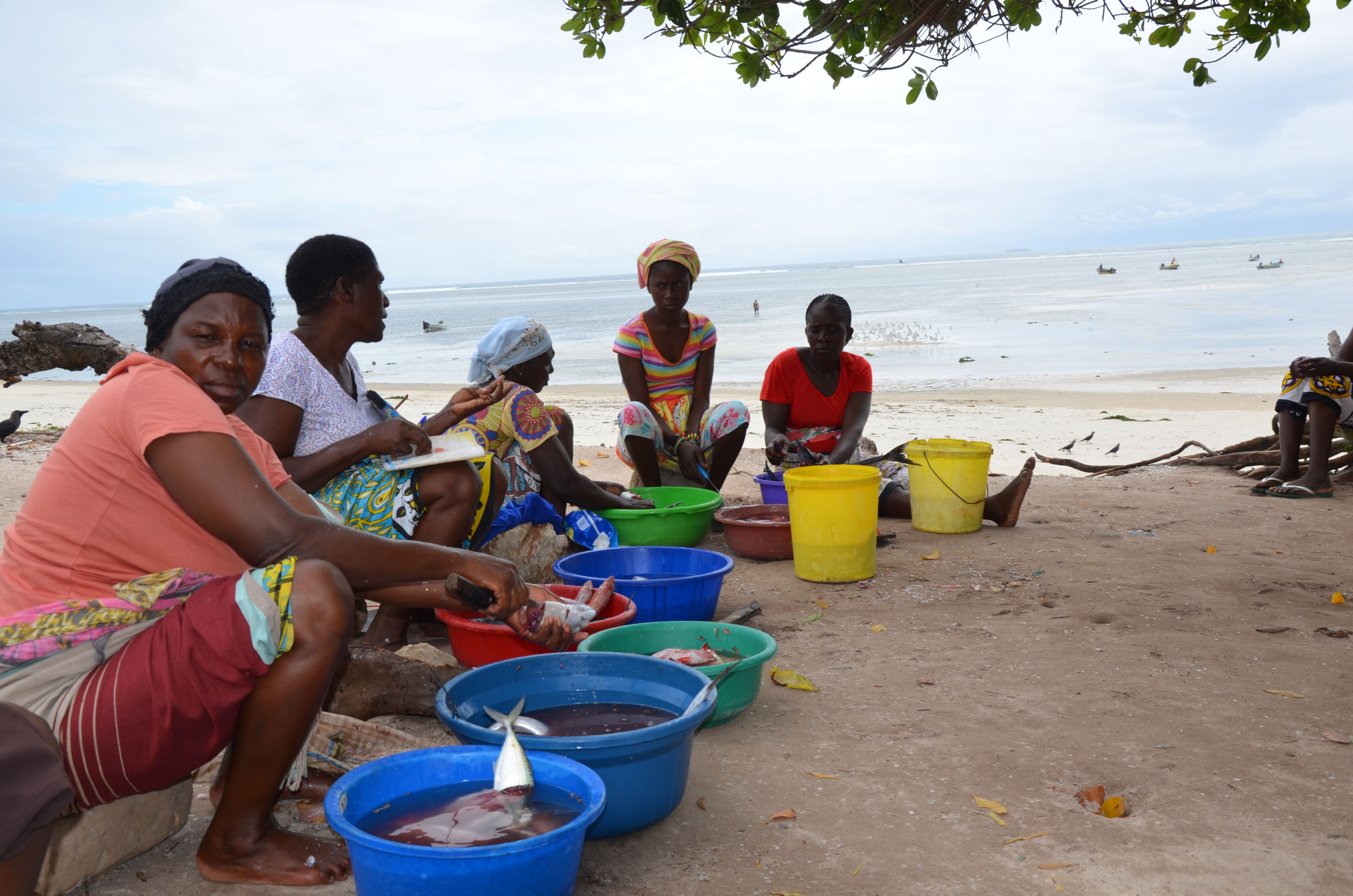
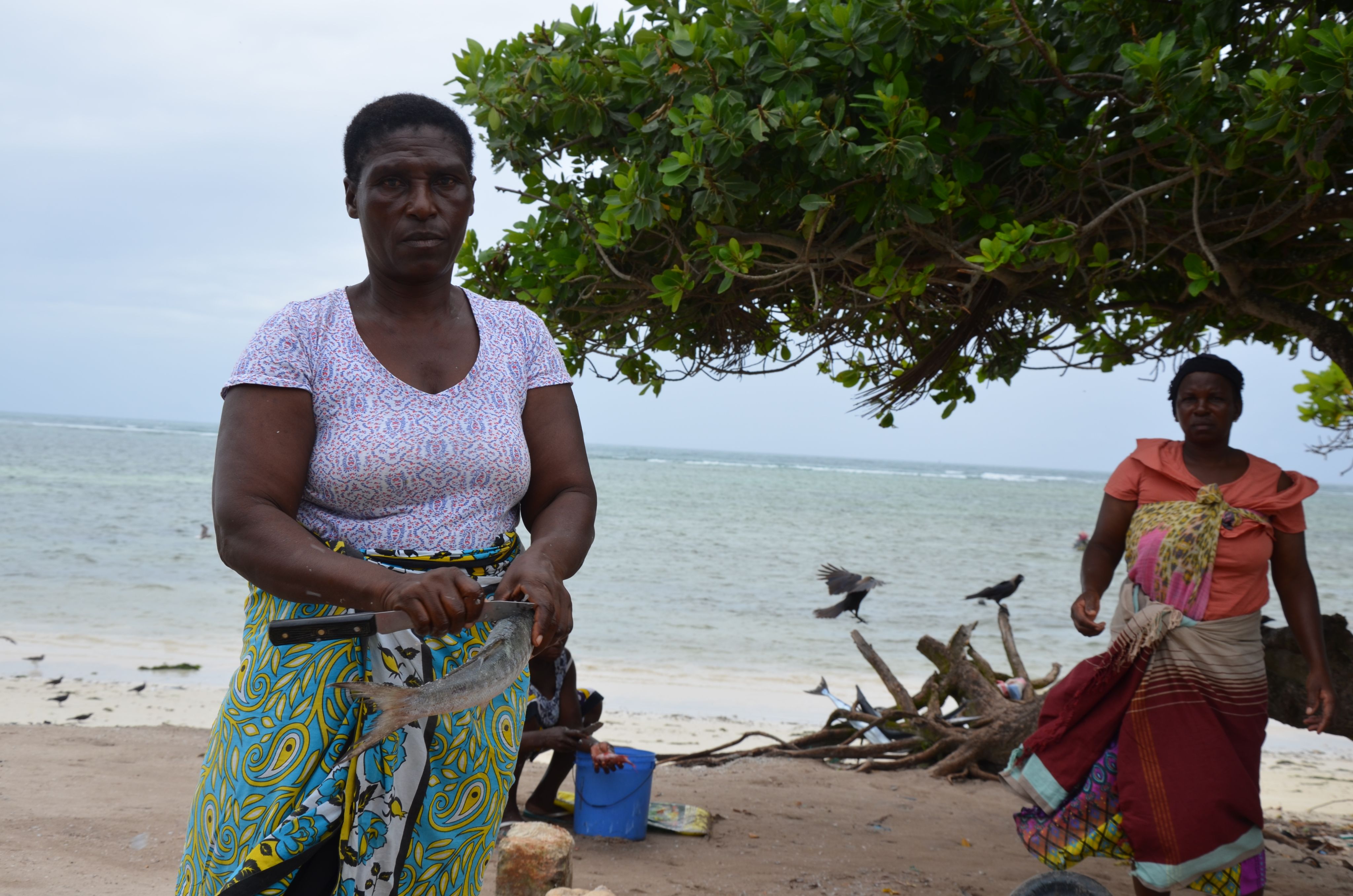
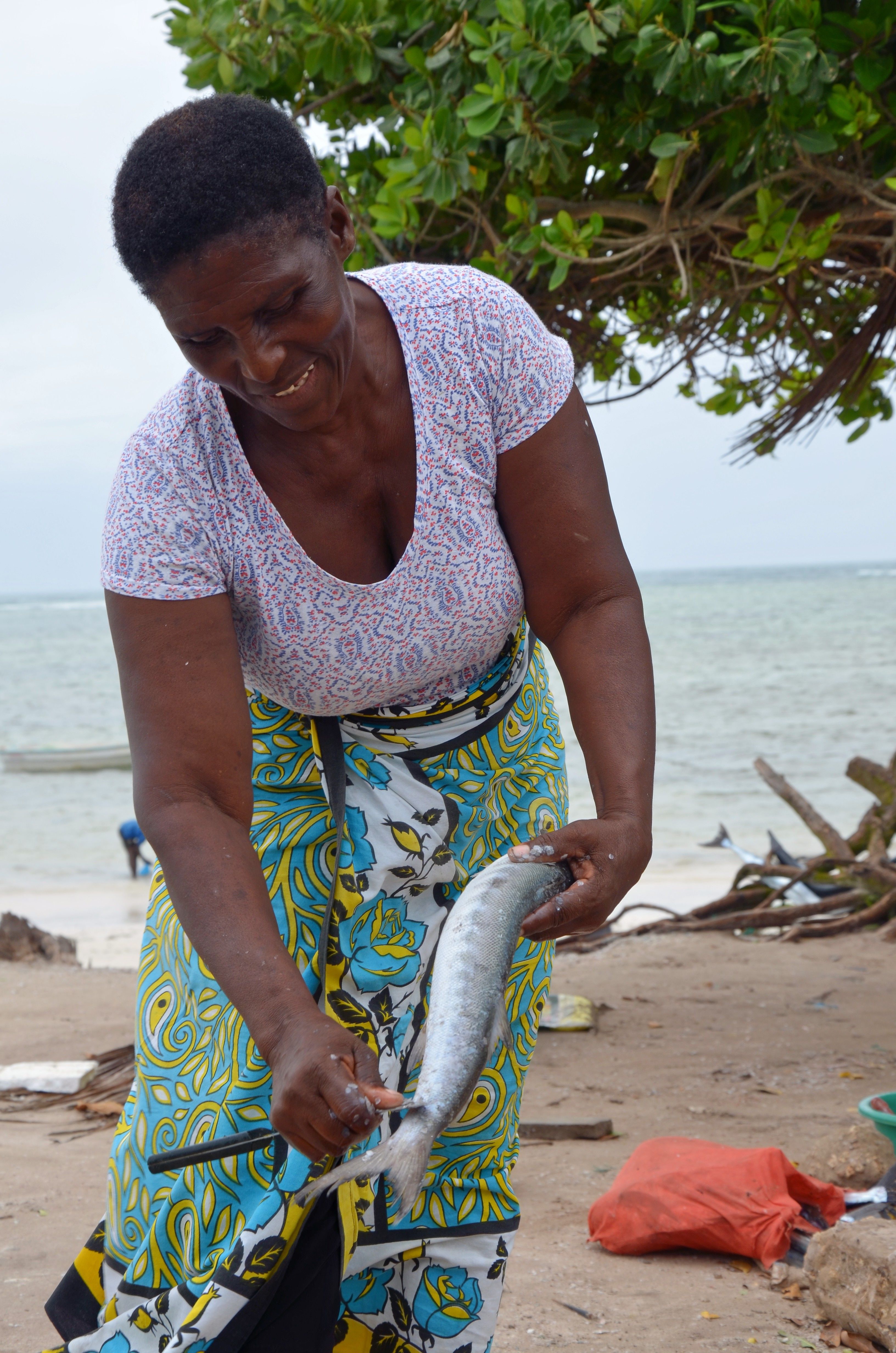
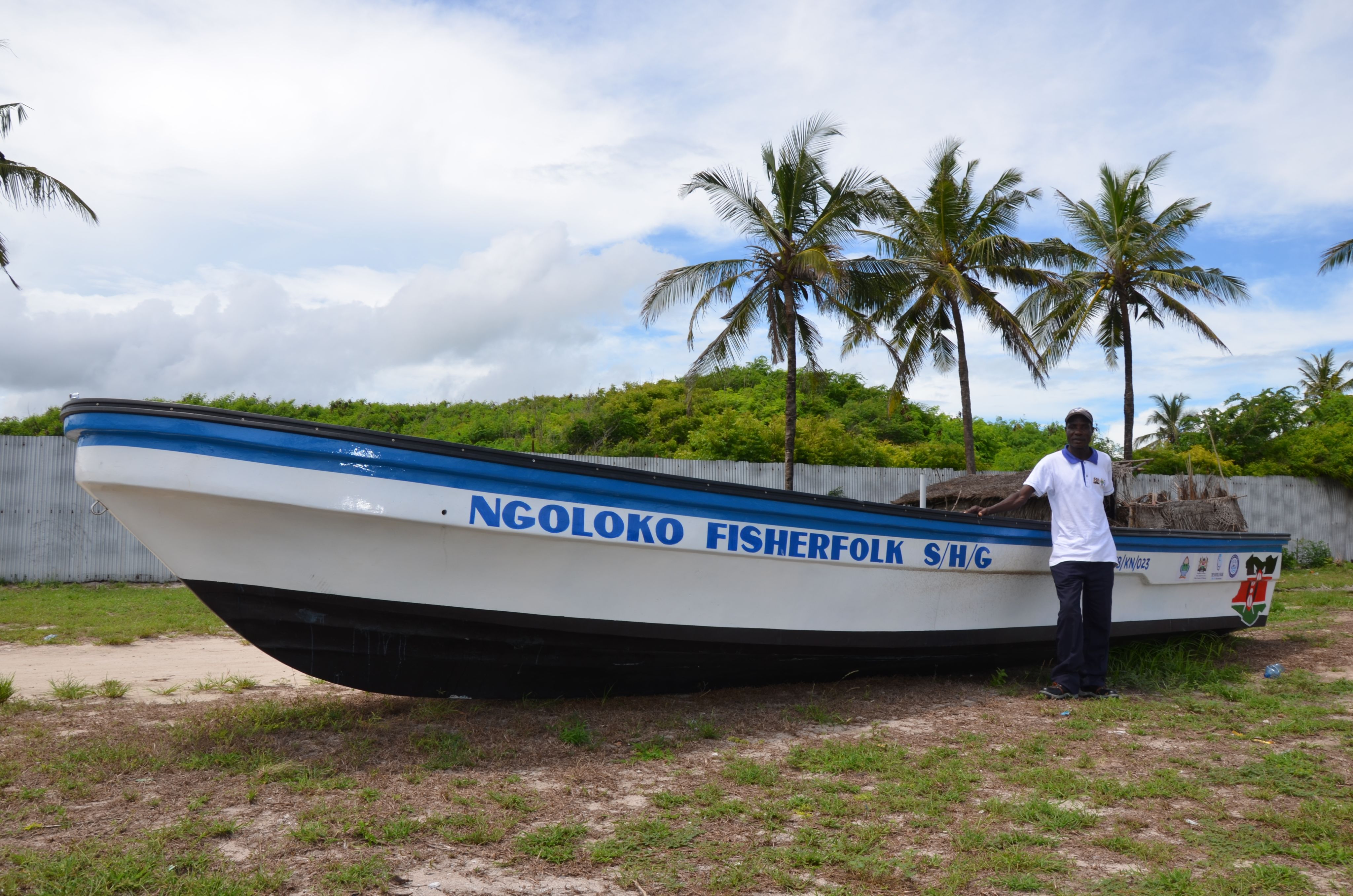
About half of SSF workforce are women like 47 year old Mary Chizi Mumbo, a single mother with three children, who has been a mama karanga for 20 years.
She lives 4 kilometres from the beach and comes here every day. She buys fresh fish directly from the fishers and sells them as fried fish at the open air market in Kanamai where she co-shares a stall.
Seasonality of the fish catch is a major challenge for Mary. During the low season, she may struggle to even buy fish.
She would like to receive training to better manage her business and cope during the lean season.
She belongs to a local fishers saving group, named after Ngoloko, a local sea spirit living in the mangroves.
Kenya Marine Fisheries and Socio-Economic Development (KEMSFED), a World Bank-funded blue economy programme, has just given a brand new boat to the Ngoloko self-help group.
Mary Chizi Mumbo wonders if this boat investment will work out for her and the other group members.
The Kanamai fishing community has plenty of aspirations for better livelihoods but it remains to be seen how much of this will be realised under Kenya’s Blue economy coastal development plans.
